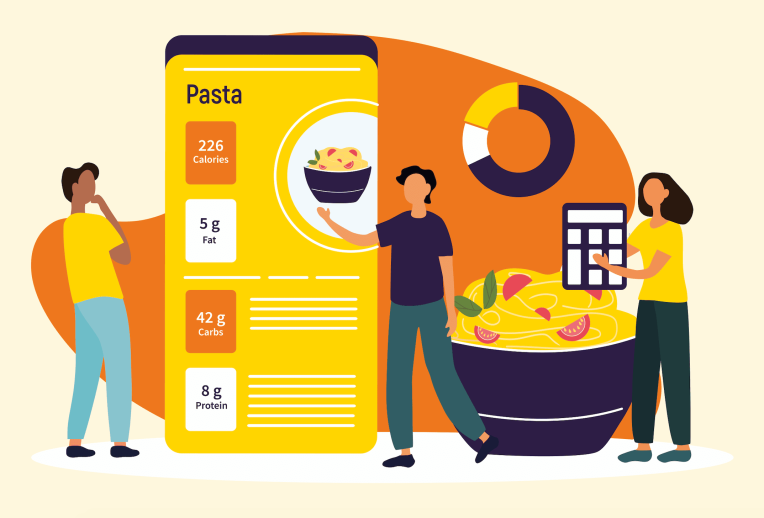How often have you heard the phrase “calories in vs calories out”? Probably a lot, particularly when calorie counting is often touted as the go-to solution for those looking to lose weight. Not only does this approach feature heavily on social media, but some healthcare professionals are still advocating for it, leaving many feeling the pressure to follow the practice.
Despite growing evidence to oppose playing the numbers game, calories are now present on restaurant menus in the UK. This has fuelled the inescapable fixation on caloric density rather than the nutritional quality of food and this is where the millions of people undertaking a weight loss programme every year can become unstuck.
So, let’s look at exactly why the calorie counting approach often fails to deliver and, importantly, what you can do instead to achieve your weight and wider health goals.









 1. Feed your microbes
1. Feed your microbes 2. Make the switch
2. Make the switch 3. Set new targets
3. Set new targets 4. Make meals a ‘moment’
4. Make meals a ‘moment’ 5. Check your timings
5. Check your timings





